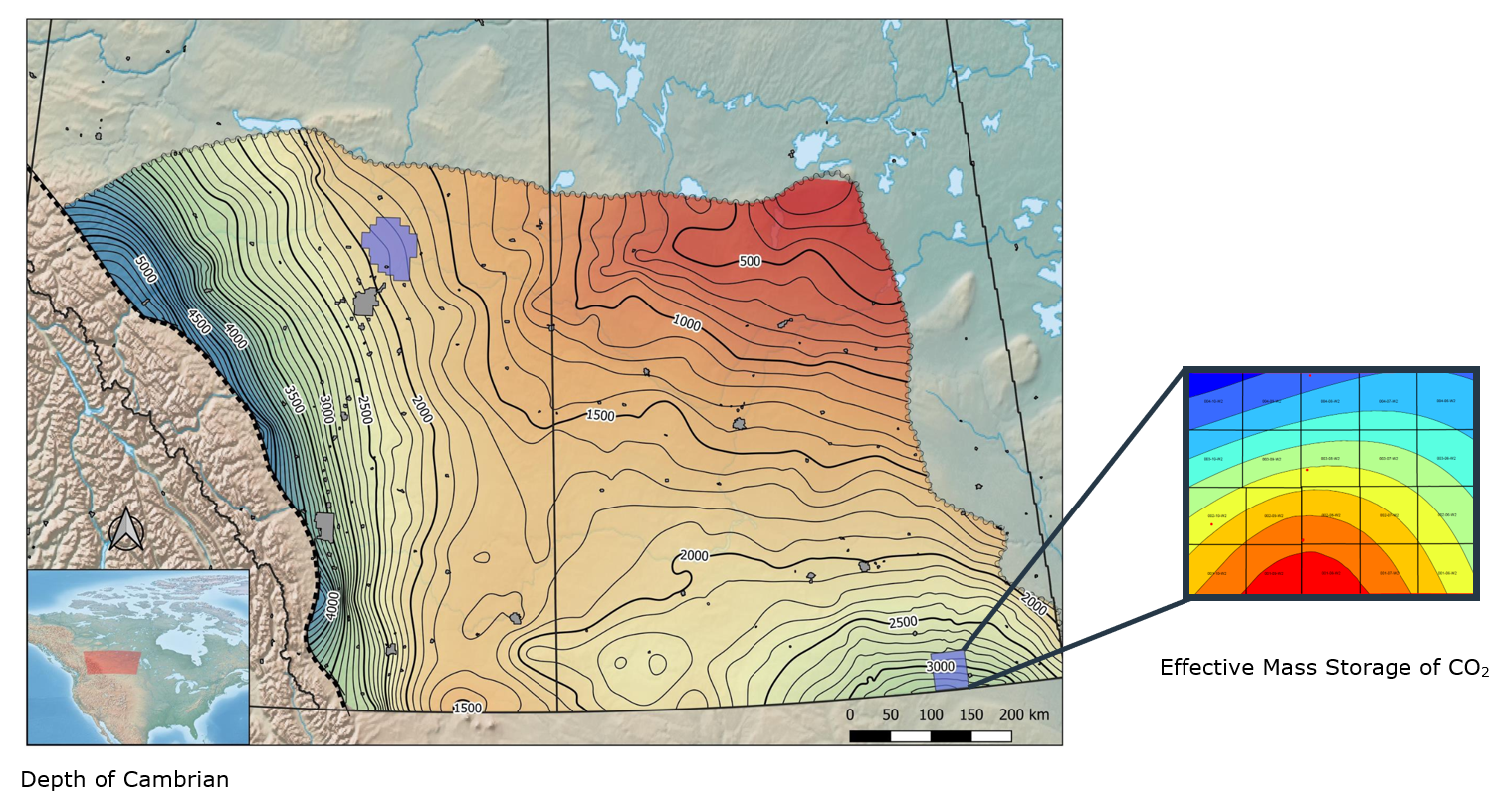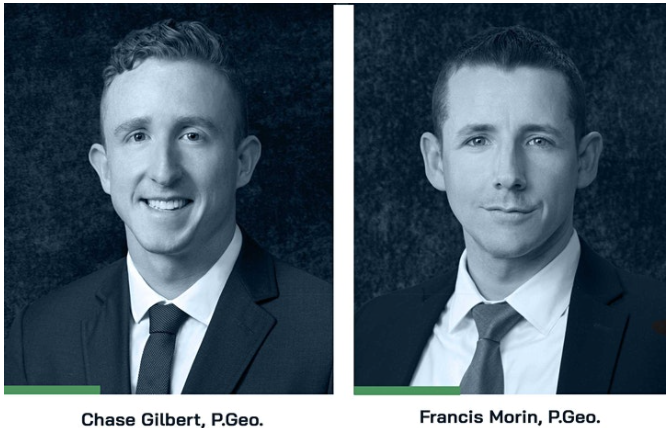Join McDaniel geologists Francis Morin and Chase Gilbert on May 31st for a free webinar as they describe principles and methodologies for identifying potential enhanced oil recovery and saline sequestration targets. Their approach is inspired by best practices within the industry and has been embraced by multiple clients across Western Canada. Case study examples will be provided from projects in Alberta and Saskatchewan.
McDaniel has evaluated the western Canada sedimentary basin to identify hydrocarbon and saline aquifers for potential carbon sequestration. Over 450,000 wells from the public data set have been filtered and analyzed using proprietary algorithms to select the best data available. Effective mass storage of CO2 is estimated using published best practices as well as international mapping workflow utilized by McDaniel in countless reserve audit projects.
Over ninety hydrocarbon reservoirs were identified as having over five million tons of storage capacity.

Deep saline aquifers are ranked based on porosity, permeability, injectivity and Estimated CO2 Mass Storage. Examples from Shell’s Quest sequestration project and Boundary Dam in Saskatchewan which are both Cambrian aged are illustrated below.

Environmental, social and corporate governances is becoming an important metric for financial investment and finding solutions for industrial emissions will be incentivized through the next decade. Leveraging subsurface understanding in Alberta along with favorable geological parameters in the basin, carbon utilization and sequestration will be an important contributor to emission reductions. Two commercial saline sequestration projects, Shell’s Quest sequestration in Alberta and the Aquistore Boundary Dam project in Saskatchewan provide insight to what the future of geologic sequestration might look like in Western Canada.
You can register for the webinar using the link below. Space is limited.
